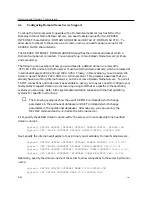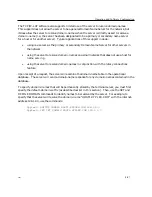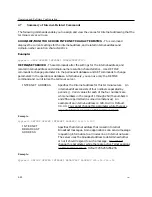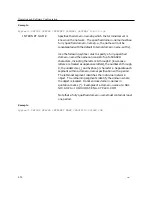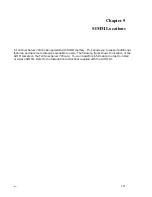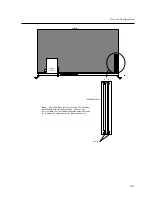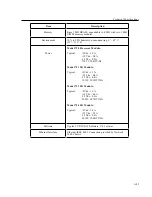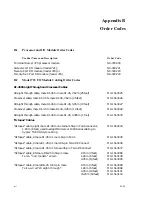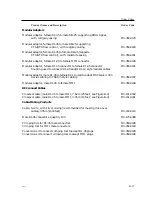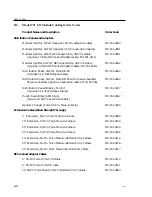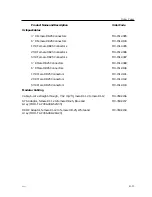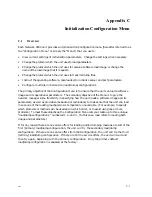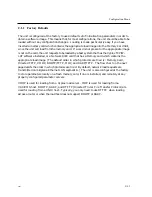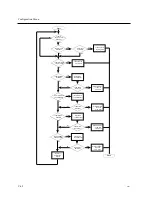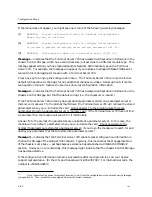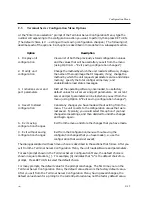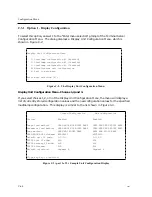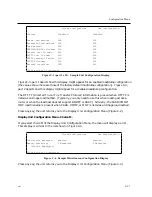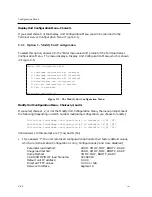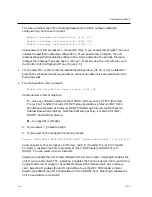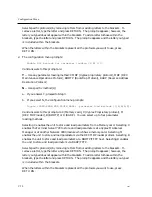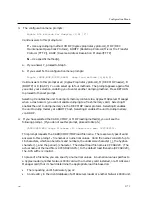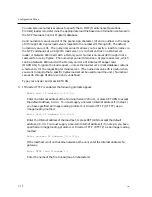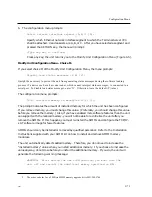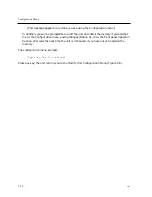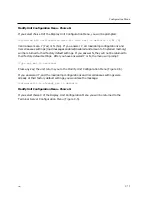
Appendix C
Initialization Configuration Menu
C.1
Overview
Each Network 9000 unit provides an Initialization Configuration menu (hereafter referred to as
the "Configuration Menu," or simply the "Menu") that you use to:
•
View current settings of initialization parameters. Change the settings when necessary.
•
Change the protocol which the unit uses to load parameters.
•
Change the protocol which the unit uses to receive a software load image, or change the
name of the load image that it requests.
•
Change the protocol which the unit uses to transmit dump files.
•
Instruct the operating software, once loaded, to initialize server and port parameters.
• Configure multiple initialization (load/dump) configurations.
The primary objective of the Configuration Menu is to ensure that the unit can load a software
image and its operational parameters. The secondary objective of the Menu is to give the
network manager some flexibility in specifying how the unit loads a software image and its
parameters, as well as provide some backup or redundancy to make sure that the unit can load
in case one of the loading mechanisms is temporarily unavailable. (For example, to specify
which protocols or methods will be used and in which order, or to avoid using one or more
protocols.) To meet these objectives, the Configuration Menu lets you create up to three unique
"load/dump configurations," numbered 1, 2, and 3. (In this case, load refers to loading both
image and parameters.)
If for any reason there are no service offers for loading and/or dumping made as a result of the
first (primary) load/dump configuration, the unit will try the secondary load/dump
configuration. If there are no service offers from that configuration, the unit will try the third
(tertiary) load/dump configuration. If there are still no service offers, the unit will wait and
then try again, beginning with the primary configuration. Only the primary default
load/dump configuration is enabled at the factory.
0021
C-1

